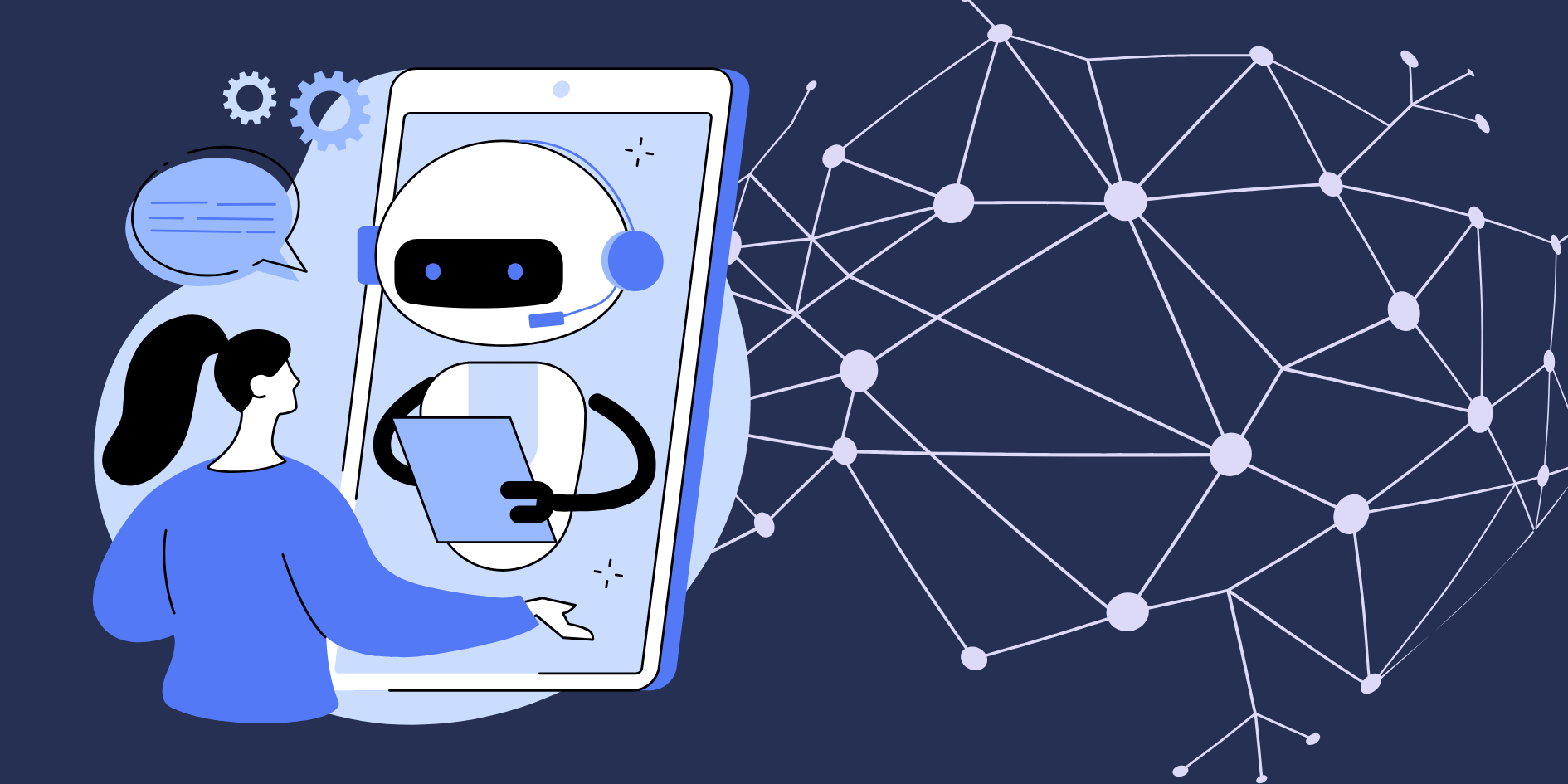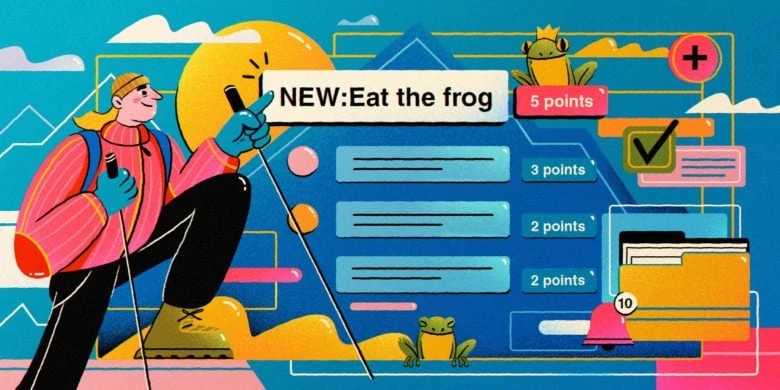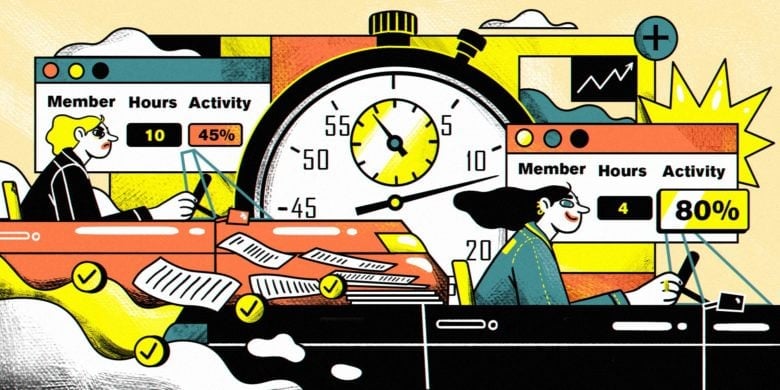This wasn’t our typical panel discussion about artificial intelligence. No jargon. No buzzwords. Just real operators from three very different companies talking openly about how they’re actually using AI to solve big problems inside their organizations.
We had the privilege of moderating a panel that featured:
- Jared Brown, CEO and co-founder of Hubstaff, a fast-growing remote operations platform scaling with their first round of investment.
- Pearce, Head of Product at Deel, an all-in-one payroll and HR platform for global teams backed by investors like a16z, Coatue, Emerson Collective, Y Combinator, and Spark Capital.
- Zehra, founder of AI-first fandom platform Lore, a nimble startup that raised $1.5M as a solo, non-technical founder.
These aren’t three companies at the same stage or scale—and that’s exactly what makes their insights so useful. Deel is a global leader, operating across 150+ countries with 6,000+ employees and remote-first. Lore is a scrappy startup, recently launched by a solo founder without a technical background. Hubstaff is somewhere in the middle, fresh off their first raise, growing quickly and refining the operational backbone of a distributed team. This range of perspectives created a rare, rich discussion that showed how AI is being used not just by the tech giants, but by the next generation of builders, too.
Their stories? Surprisingly relatable. Surprisingly replicable. Here’s what you need to know—and do.
AI is already delivering—but we’re only scratching the surface
The data speaks volumes: 85% of professionals are using AI at work, but it accounts for just 4% of their time. That means there’s a huge opportunity to do more, and do it faster.
In our AI Productivity Shift report, we drew from proprietary telemetry data across 16,000 businesses. By categorizing activities into core work, non-core work, and unproductive time, we uncovered something fascinating: workers who used AI had 30 minutes less unproductive time per day.
“People using AI had 30 minutes less unproductive time per day. They stayed in flow longer because AI helped them push through blocks.” – Jared.
The takeaway? AI doesn’t just save time—it helps teams stay in the zone. That ability to minimize friction and context-switching might be AI’s most underrated benefit.
Actionable takeaway: Audit your team’s current AI usage. Identify one high-friction workflow that could be improved with summarization, synthesis, or automation.
Building lean, AI-first teams that move fast
From immigration petitions to customer support, these companies aren’t dabbling—they’re shipping AI-powered solutions that deliver real ROI.
“We reduced a 2-week immigration workflow to 5 minutes using AI. It’s one of the most transformative things we’ve done.”– Pearce.
“I raised $1.5M as a solo, non-technical founder. Without AI, that company wouldn’t exist.” – Zehra.
At Hubstaff, we’ve equipped our support team with AI-generated ticket drafts, reducing average resolution time and allowing the support team to maintain output without growing headcount for two consecutive years. Deel applied AI to a notoriously complex, paper-heavy process: immigration casework. With prompt engineering and document validation, they’ve built an internal tool that can assemble draft petitions in minutes.
Zehra’s story is perhaps the most emblematic of the new AI-native era: a solo founder without an engineering background launching a product, raising venture capital, and building a user waitlist of 80,000 in under four months. Tools like Lovable and Cursor allowed her to prototype, test, and iterate ideas at speeds that would have been impossible a few years ago.
Comparison table: Before vs. After AI
| Workflow | Before AI | After AI |
| Deel Immigration Case Drafting | 2 weeks per petition | 5 minutes (AI-generated + human review) |
| Hubstaff Support Tickets | Manual drafting, slower replies | AI-generated drafts cut response time by 50% |
| Lore Product Development | Non-technical founder barrier | Built MVP using AI tools and solo effort |
Hiring in the age of AI: fluency matters, mindset matters more
“We don’t require AI fluency for every hire. But we look for curiosity and a willingness to experiment. That’s non-negotiable.” – Jared.
At Deel, early AI efforts were centralized in a dedicated team of engineers and data scientists. That team proved the model. Now, AI has been decentralized, and every team is expected to contribute to efficiency improvements using automation, AI, and better workflows.
“Our AI team is still there, but we decentralized AI across the org. Everyone’s expected to find efficiency with it now.” – Pearce.
Zehra framed it in cultural terms. Lore’s internal ethos is low ego, high experimentation. They treat AI as a second brain, using it for ad testing, creative campaign ideation, and team rituals.
Actionable takeaway: Update job descriptions and performance metrics. Look for adaptable, curious problem solvers—AI-native or not.
Trust and responsibility: guardrails matter
“We only use AI tools that let us turn off training on our code. No exceptions.” – Jared.
While speed is exciting, all panelists emphasized the importance of responsible implementation. Jared shared Hubstaff’s golden rule: AI tools used in engineering must have settings that disable model training on proprietary code.
That’s not just a policy—it’s a boundary. Hubstaff enforces a review process for any new tools in engineering, evaluating their data usage and privacy standards before they can be adopted. Outside engineering, other teams have more flexibility, but the training opt-out remains mandatory.
Deel has faced similar challenges, particularly around handling sensitive immigration data. Their internal AI products cannot rely on generic cloud-based LLMs. Instead, they blend proprietary models, prompt tuning, and strict access control to safeguard customer trust.
Actionable takeaway: Draft a clear AI usage policy. Require opt-out-of-training features for all tools. Define where human oversight is always needed.
What’s next: predictions for the next 12 months
“We’re going to see billion-dollar companies run by one or two people using AI and third-party support.” – Pearce.
“I just want an AI assistant that owns my inbox and tells me what actually matters. That’s my dream.” – Jared.
Lean is getting leaner. The panel predicted a new era of micro-teams and AI-augmented operators. These aren’t side projects—they’re real, fundable, scalable companies.
And while much of the focus is on new models, the real leverage lies in workflow integration. Pearce highlighted that Deel is working toward agentic tools that can autonomously browse websites, collect evidence, and support legal filings. Jared mentioned Hubstaff’s early experiments with tools like CodeRabbit and Zoom’s AI customer service agent, which are now being integrated directly into their workflows.
Checklist: Here’s how we recommend injecting AI into your business this quarter
- Start with support. Use AI to draft ticket replies and measure response time improvements.
- Train your team. Create a Slack channel or weekly ritual where team members share their AI experiments.
- Redesign hiring. Add AI problem-solving to your interview questions or assessments.
- Pick one manual workflow. Map it out, then reimagine it with LLMs and prompt chaining.
- Build a policy. Define your golden rules for AI tools, data privacy, and decision boundaries.
Final word: this isn’t theoretical anymore
Every company in that room had the same realization: AI isn’t on the horizon. It’s already here. It’s accelerating work, shrinking teams, and changing how we build, manage, and scale.
It’s not about replacing people. It’s about amplifying their best work. And the companies that lean in, operationalize experimentation, and protect trust will be the ones that pull ahead.
If you haven’t already started, it’s time. And if you have? Go deeper.
Access the full Hubstaff AI Productivity Shift Report here to explore even more insights from over 16,000 companies.
Stay in the loop
Subscribe to our blog for the latest remote work insights and productivity tips.
Most popular
The Complete Guide to User Activity Monitoring: Tools, Benefits, and Ethics
Have you ever noticed how the conversation around monitoring tends to swing between “track everything” and “trust everyone b...
How to Choose the Right Employee Attendance Tracker for Your Team
An employee attendance tracker records time spent on the job, absences, late or abandoned shifts, and other valuable information....
How Agencies Can Leverage AI & Time Tracking to Increase Profits
Why AI Is Powering Agencies, But It’s Missing From the Data Agencies are adopting AI faster than ever – using it for research,...
How to Track Remote Employees Effectively in 2025
Remote work has become the default for many teams, and for good reason — it’s efficient, flexible, and often more productive t...




